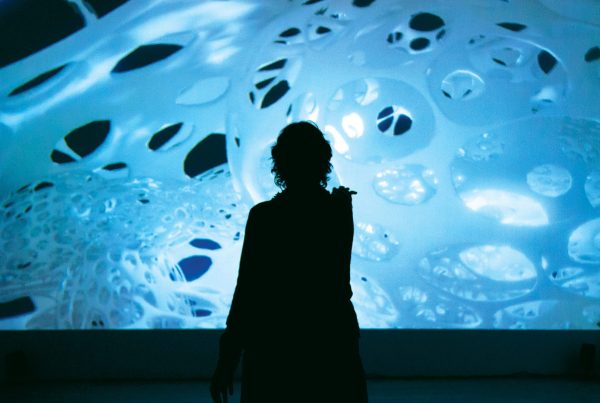
Tutt, a native of the Aro Valley, put up the plaque so that passers-by would know why her Epuni Street home is painted such a vibrant shade of mauve. She’s a colour consultant, you see: she meets people, works out their colour palette, and translates it into an interior decoration scheme.
Sometimes the job goes well beyond decor. “I have been asked, in the past,” Tutt says, “to find out what a certain person’s palette was before the other person asked her to marry him.” And she didn’t find that a trifle odd? “Well, he’d already done a psychological profile of her, but he thought, just as a final little touch, he’d get me to do her palette.” (The result, romantic readers will be pleased to know, was positive.) The colour consultant turned matchmaker; as Tutt puts it, “it’s quite extraordinary when I meet people with very similar palettes. You know they should be together.”
It would be easy to think that Tutt exercises a highly refined taste. Far from it: to each their own, she says. “To me, taste is a four-letter word.” And indeed her own house shows little deference to established norms. Quite apart from its striking colour, it boasts a complete skeleton in the bathroom – “that’s Phoebe” – and, in the back garden, a statue of the Virgin Mary, rescued from St Michael’s in Taita, near where Tutt grew up.
She plans to paint her up as “a proper Renaissance Mary”, like the 13-year-old Jewish girl she really was, with dark skin and dark eyes. Last Christmas, she and her partner, Alan Fairless, dressed the statue as if she were “ready to run”, complete with a backpack and a can of V (for ‘virgin’, you understand). At Christmas time, she and Fairless also “bless” Epuni Street, and its homes. Not that this goes down well on the doorstep, necessarily – not when, as she puts it, “someone’s in bed nursing a hangover, and I turn up flinging my thurible at them”.
Tutt’s Catholicism has inspired increasingly taxing pilgrimages: the Camino trail to Santiago de Compostela in northern Spain, in 2007, and more recently one that involved walking the whole way from London to Rome. But it was on another, earlier European tour that she discovered the colour that now graces her house. She was in Manchester, visiting its science museum, when she discovered in its basement a skein of silk coloured with the first artificial dye, a mauve created in 1856 by British chemist William Perkin.
“I opened this tiny little cardboard box, and there it was. It was so bright, it was almost glowing in the dark,” Tutt says. “That, to me, was the holy grail of colour.” This grail could, however, be replicated – with the help of a Pantone colour chart – and then applied, on the 150th anniversary of Perkin’s invention, to Tutt’s own house, albeit not without some expense. “Each litre cost more than a decent bottle of wine – and we used a few!”
Tutt is actively involved in the Aro Valley’s political intrigues; one intervention led to a piece of graffiti that, referencing the leaders of Hitler’s Germany, quite unfairly described her and Alan as “Gauleiter Fairless and Nazi Queen Tutt”. One suspects that she likes modern colour – with all its variety and opportunity for expression – in part because of its political qualities. Before artificial dye made different shades available to all, garments were colour-coded according to status: bishops sported purple robes, peasants wore woad, and prostitutes had “red and white striped capes”. Now, colour says anything we want it to. As Tutt puts it, in a kind of personal manifesto, “We wouldn’t be human if it wasn’t for colour.”




